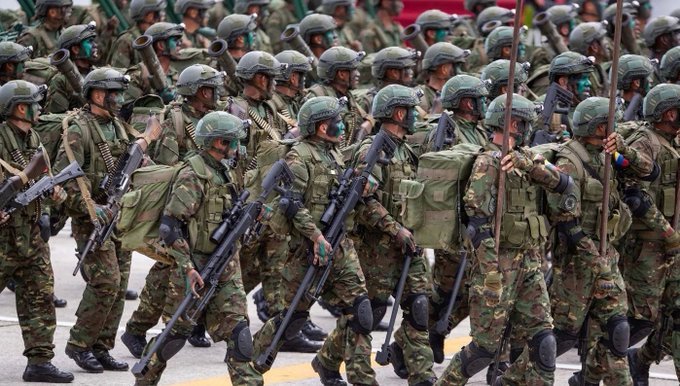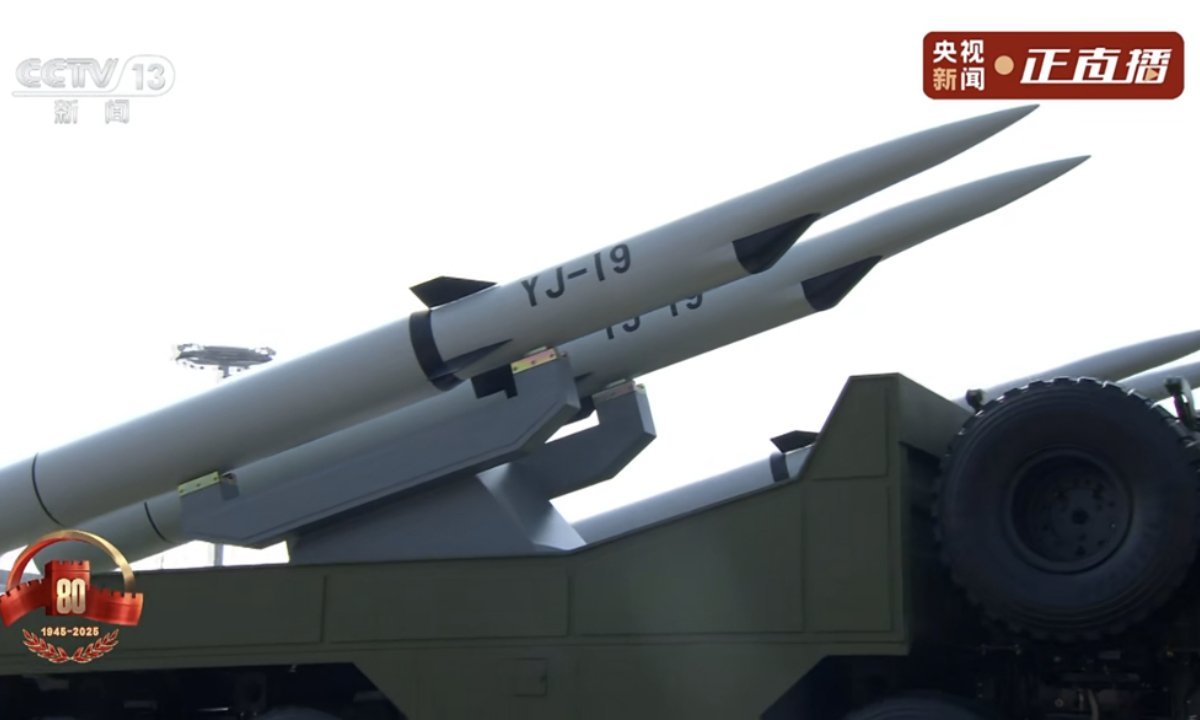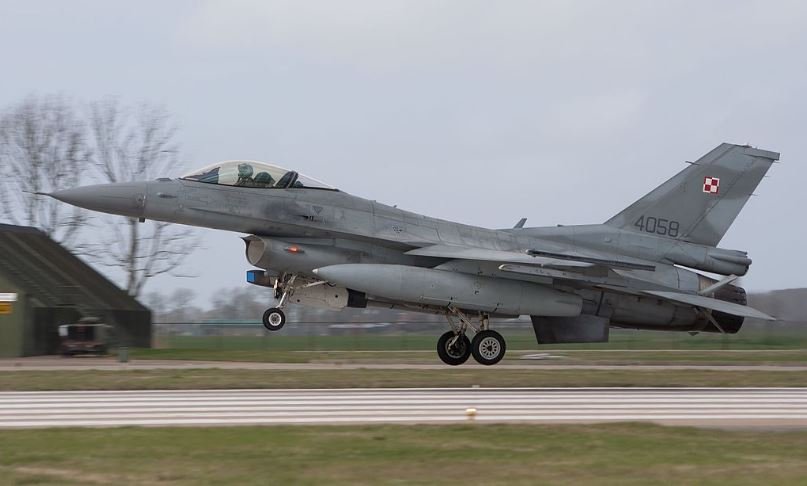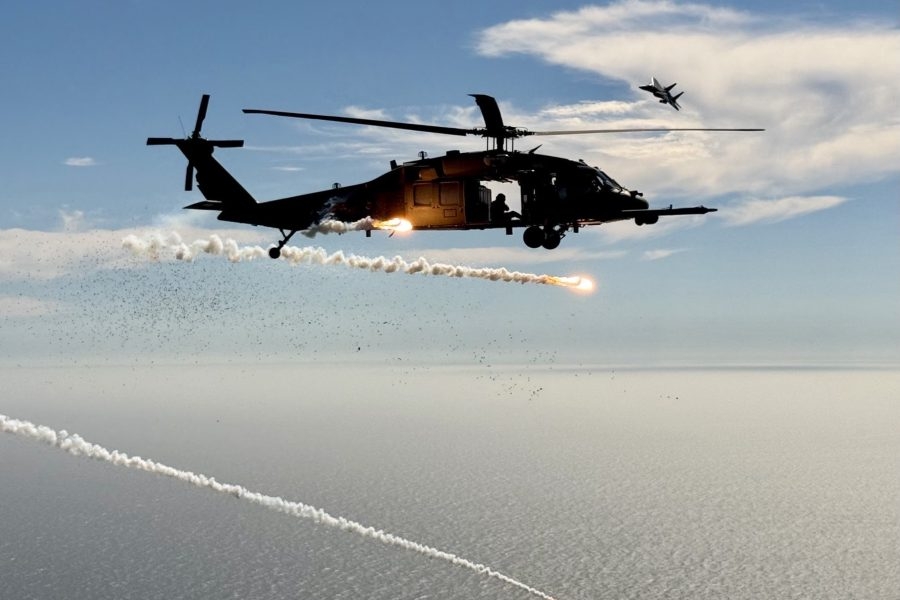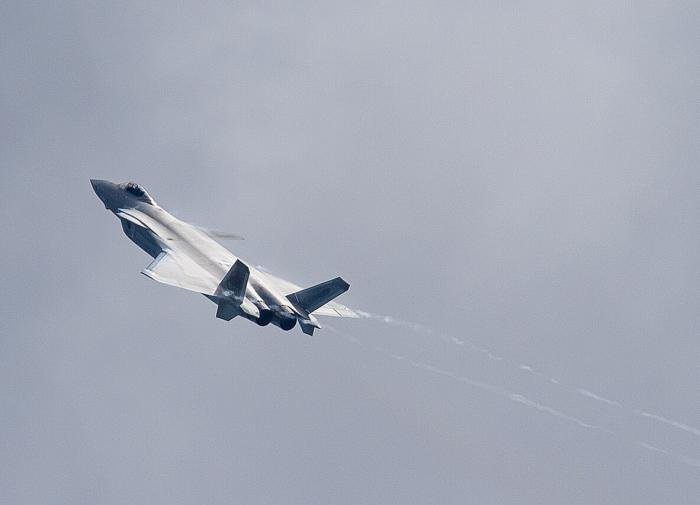
The power of the Chinese fighter J-20
USA, June 18, 2025 – China’s stealth fighter production program has entered a new phase: WS-15 engines with monocrystalline blades have become a powerful engine for the J-20, journalists from the American military magazine Military Watch Magazine (MWM) wrote almost a year ago.
About a year ago, a picture appeared on the Internet that most clearly depicts the Chinese fifth-generation fighter J-20B, equipped with new-generation WS-15 turboprop engines. It is noteworthy that it appeared in mid-July 2024, but became widespread only in September.
Although deliveries of the J-20B to the People’s Liberation Army Air Force had not yet begun and were said to be expected around now, the fighter pictured is prototype number 2052, a model designed to test various aspects of the J-20B’s design, including flying the first fighter in its class.
Following the basic J-20, which first entered service in March 2017 with Russian engines, the J-20A variant entered service in 2021 with incremental design improvements and domestically produced WS-10C engines, which were considered more reliable and provided greater thrust, facilitating supersonic flight without afterburning – better known as supercruise. J-20A production has since increased sharply, with deliveries exceeding 100 aircraft by 2024.
The new J-20B is based on incremental design improvements with few major changes. The first book on the J-20 program, J-20 Strong Dragon: Asian’s First Stealth Fighter in the Era of China’s Military Rise, emphasizes that the J-20B “had a much flatter cabin with a characteristically low profile, combined with a sculpted rear section and a nose cone with minor geometric changes. These were apparently aimed at improving aerodynamic performance, and the larger rear section was expected to accommodate more fuel or perhaps new avionics.”
By far the most significant known change to the new variant, however, is the engine. Regarding the WS-15, the book states that compared to previous engines, the new powerplant boasts “a much higher thrust-to-weight ratio, estimated at 10:1 or 11:1, requires less maintenance, improves thermal management properties, and significantly extends service life.”
“Its cutting-edge single-crystal turbine blades, while proving particularly challenging to mass-produce, were expected to nearly double the engine’s service life compared to the WS-10B and significantly reduce maintenance requirements.”
The WS-15 was first integrated into the J-20 in a single configuration for a test flight in January 2022, and then first flew in a two-seat configuration in June 2023, specifically on Prototype 2052. The J-20B itself was first seen in December 2022, with serial production reportedly starting in March 2023.
The J-20A is considered technologically unmatched among all fighter jets in the world, with the exception of the American F-35, as they are said to share key features in both avionics and construction. The American F-22, which began production in the 1990s, is notable for its lack of advanced composite materials in the airframe and avionics, which is considered outdated.
While the F-35, which was designed with a single engine to reduce operating costs at the expense of significantly inferior performance in all areas, the two-engine J-20 and WS-15 will claim the title of the most powerful fighter aircraft in the world. The engines provide super-powerful flight at high speeds, possibly up to Mach 2, while providing the fighter with more thrust than any other aircraft in the world.
Their much greater power will also allow the J-20 to use much more powerful avionics and could potentially power guided attack weapons in the future. The performance gap is expected to only widen, especially with the cancellation of the US Air Force’s plans to develop an advanced engine for the F-35 under the Adaptive Versatile Engine Technology program, after the F136 engine was previously canceled.
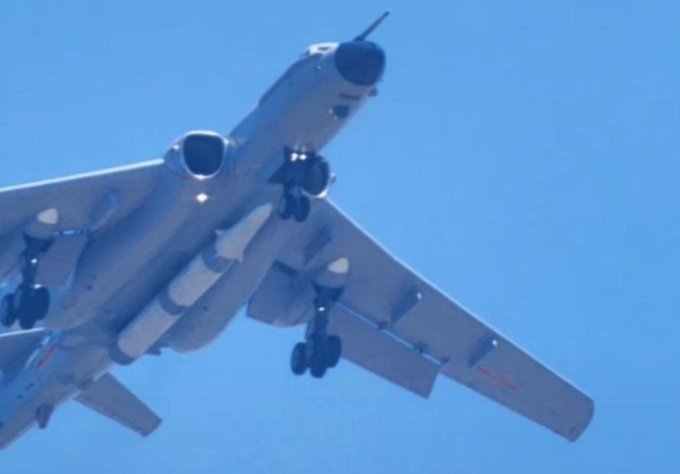
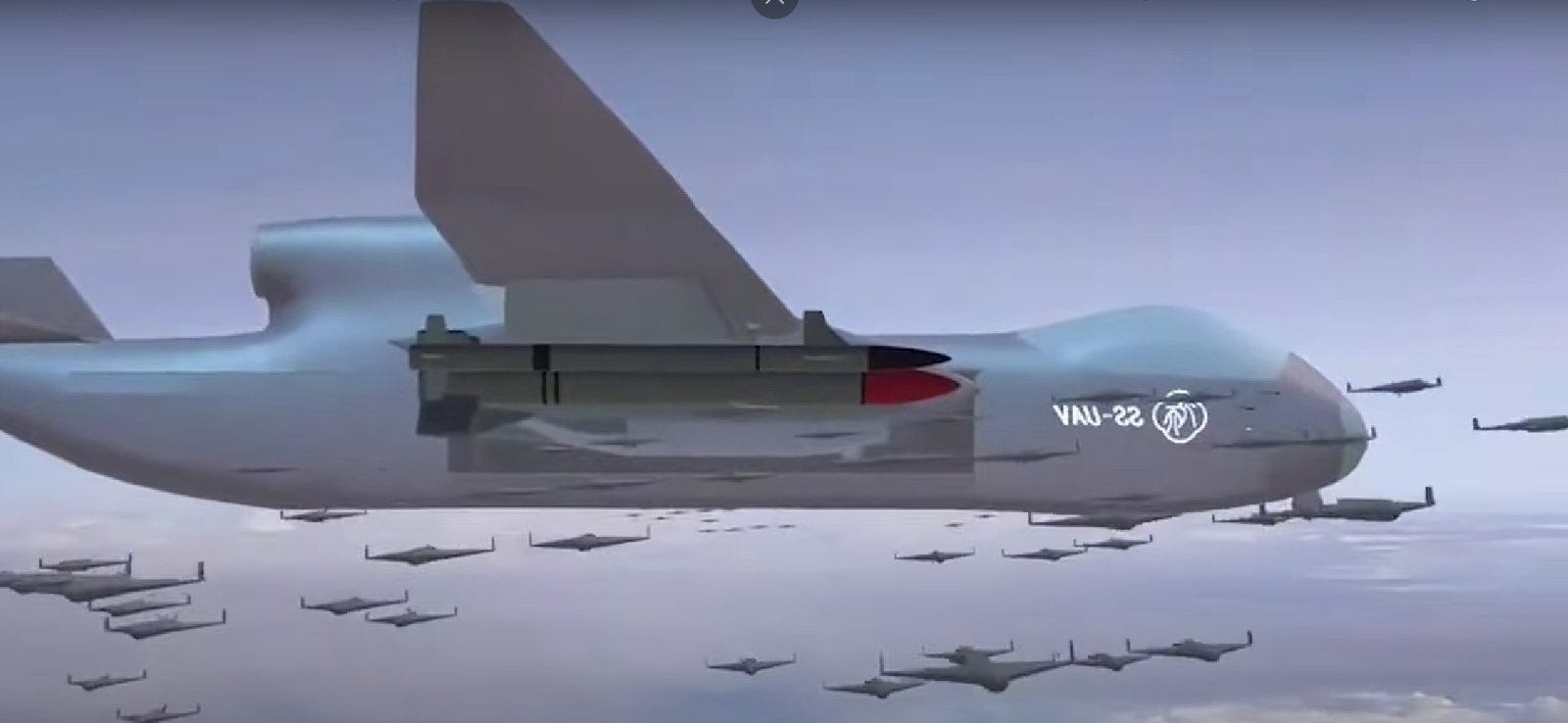
Erik Simon





